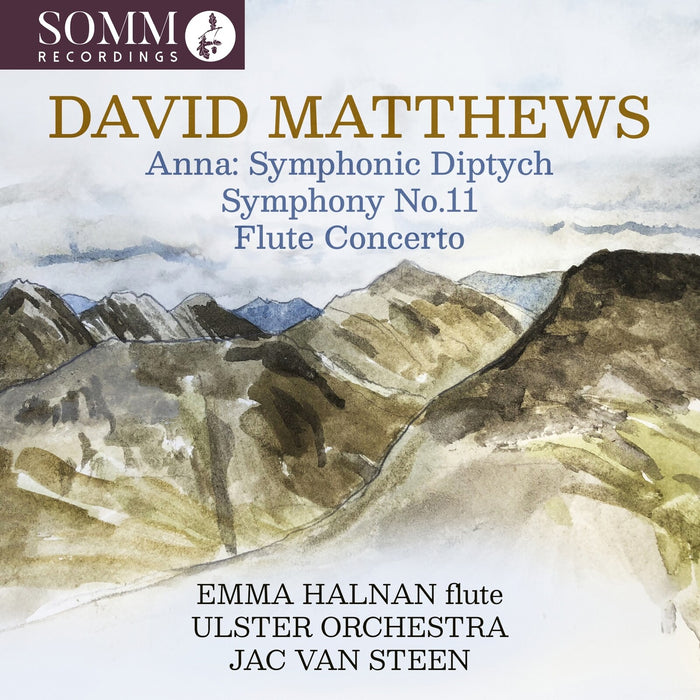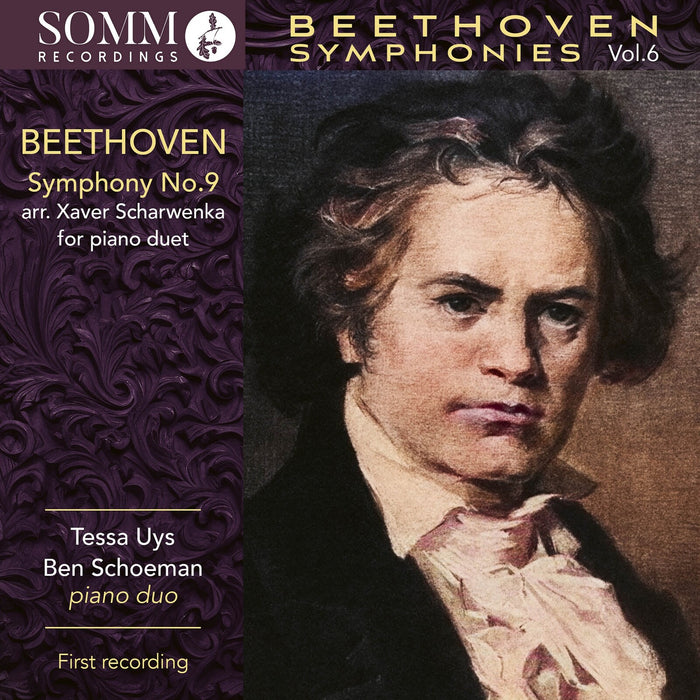Description
SOMM Recordings is thrilled to collaborate once again with the Tessa Uys and Ben Schoeman piano duo following their highly praised six-volume recording of the nine symphonies by Beethoven arranged for piano duet by Xaver Scharwenka--about which International Piano says, "These readings afford unmitigated pleasure ... the articulation and voicing of the players persuades us into thinking we're in the middle of an unleashed virtuoso orchestra." Now, these award-winning South African-born artists present music for two pianos and piano duet from their adopted country, highlighting works by Gustav Holst and Edward Elgar. In the early 1910s, Holst became interested in astrology, and he conceived the idea of a suite for orchestra based on the solar system's individual planets. Originally, he composed The Planets on the piano, using the instrument in his newly-built, sound-proofed room in the music wing at St Paul's Girls School as well as the piano at his home in Thaxted. This version for four hands, two pianos was scored by two of his colleagues at St Paul's, Vally Lasker and Nora Day, who acted as amanuenses, because Holst suffered intermittently from painful neuritis in his right hand. Following the resounding success of the orchestrated version of The Planets, the original piano duet score was overlooked, though it was eventually published separately in 1949-51. In 1979, Holst's daughter, Imogen, reissued the complete two-piano arrangement in one volume, and Tessa Uys and Ben Schoeman perform this version here. Elgar's renown was such that, at the height of his fame, several established musicians were commissioned by publishers to make piano transcriptions of his orchestral music. This was no mean feat, given that Elgar's scores are scrupulously marked as to how he wanted every phrase--sometimes even every bar or note within that phrase--to be played. It was the composer, arranger, and conductor, Otto Singer II, who made the transcription for piano four-hands of Elgar's 1905 Introduction and Allegro, scored originally for solo string quartet and string orchestra. Singer's insight and skill are evident in techniques like transferring string double-stopping to spread keyboard chords, and his piano four-hands version is admirably true to Elgar's evolving contrapuntal and harmonic ideas.In Victorian England, the marriage of a tradesman's son to the daughter of a Major-General in the British Army, who was eight years his senior, might not have appeared a perfect match. Yet, the marriage of Edward Elgar and Caroline Alice Roberts turned out to be a love-match. In 1888, as a wedding present, Edward presented to Carice, as he called her, Salut d'Amour. This enduring melody has inspired numerous arrangements for widely varying instrumental combinations, including this one for piano duet.












